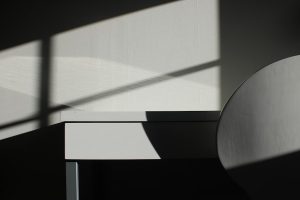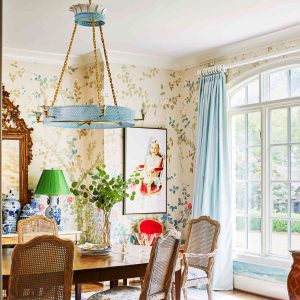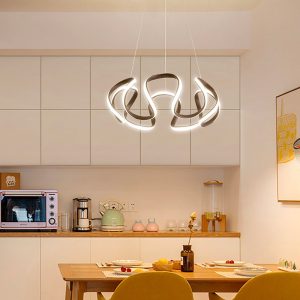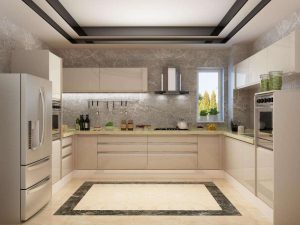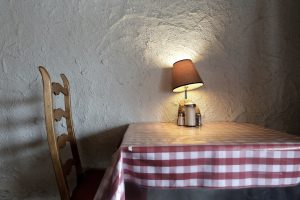Lighting 101: Mastering the Art of Illuminating Interior Design

Introduction
Lighting is an essential aspect of interior design that greatly influences the ambiance, mood, and functionality of a space. With the right lighting, an interior space can be transformed from a dull, uninspiring room into a warm, vibrant, and inviting haven. In this article, we will discuss how to use lighting effectively in interior design, highlighting various lighting techniques, fixtures, and the best placement for optimal illumination.
Types of Lighting
There are three primary types of lighting that you should consider when designing an interior space.
Ambient Lighting
Ambient lighting, also known as general lighting, is the primary source of light in a room. It provides overall illumination to space and sets the tone for the entire environment. Ambient lighting can be accomplished using overhead fixtures, chandeliers, recessed lighting, or track lighting.
Task Lighting
Task lighting is an essential type of lighting that illuminates specific areas in a room where task-oriented activities are performed. It is ideal for reading, writing, cooking, or any task that requires focused illumination. Task lighting can be achieved using desk lamps, floor lamps, or under-cabinet lighting.
Accent Lighting
Accent lighting is a type of lighting that is used to highlight or draw attention to specific objects or areas in a room. It is used to create drama or a focal point in a space. Accent lighting can be accomplished using wall sconces, track lighting, or picture lights.
Lighting Fixtures
Lighting fixtures play an important role in interior design as they can enhance the aesthetic appeal of a room. The following are some of the most common lighting fixtures used in interior design.
Chandeliers
Chandeliers are grand lighting fixtures that can add elegance and sophistication to any room. They are often used in dining rooms or living rooms to create a dramatic focal point.
Table Lamps and Floor Lamps
Table lamps and floor lamps are perfect for adding task lighting to a room while also serving as decorative elements. They come in a variety of shapes, sizes, and designs to complement any interior style.
Wall Sconces
Wall sconces are a versatile lighting fixture that can be used for ambient, task, or accent lighting. They are often used in hallways, bedrooms, or bathrooms.
Recessed Lighting
Recessed lighting is a type of ambient lighting that is installed into the ceiling. It creates a modern and minimalist look while providing optimal illumination.
Lighting Placement
The placement of lighting fixtures is crucial in achieving the desired lighting effect. Here are some guidelines to follow when placing lighting fixtures in a room.
Ambient Lighting Placement
Ambient lighting fixtures should be evenly distributed throughout the room to provide uniform illumination. They should be placed in the center of the room or at strategic locations to create a balanced lighting effect.
Task Lighting Placement
Task lighting should be placed in areas where tasks are performed. For example, a desk lamp should be placed on a desk, and under-cabinet lighting should be installed beneath cabinets in the kitchen.
Accent Lighting Placement
Accent lighting fixtures should be placed to highlight specific objects or areas in a room. For example, a picture light should be placed above a painting, while wall sconces can be placed on either side of a fireplace.

